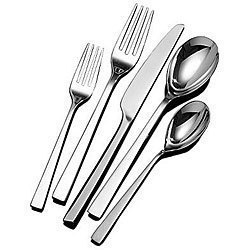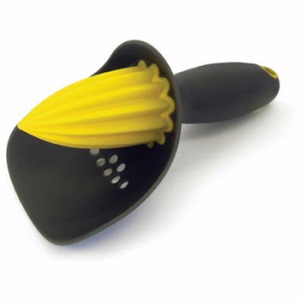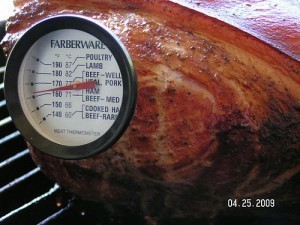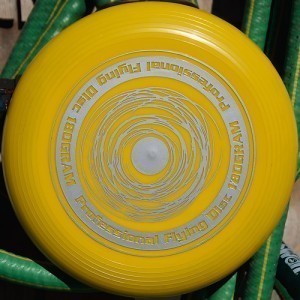Dining Fork Dimensions
The fork is a piece of kitchenware or cutlery, which is comprised of a handle connected to two, three or even four narrow tines. This utensil is used for eating, which is true especially in the western parts of the world. One of its basic functions is to hold the food in place while cutting or cooking. Likewise, people use it to lift and bring food closer to the mouth. Aside from these facts, it is also quite interesting to find the different dining fork dimensions.
connected to two, three or even four narrow tines. This utensil is used for eating, which is true especially in the western parts of the world. One of its basic functions is to hold the food in place while cutting or cooking. Likewise, people use it to lift and bring food closer to the mouth. Aside from these facts, it is also quite interesting to find the different dining fork dimensions.
The Dimensions of a Dining Fork
The average length of a standard dining fork is close to 7 inches. Aside from this, there are smaller variants, most of which are approximately 6 inches in length. Sizes usually vary depending on the type of fork. Some of the most popular types of fork include the carving fork, the berry fork and the beef fork. In addition, there is also the knork, the fondue fork as well as the dinner fork.
Additional Facts and Other Interesting Details
A fork can be used to perform different kinds of functions. To lift up a food from a plate, simply push the tines through the piece of food. It can also be used to hold a piece of food in place, which is commonly done when planning to cut a piece of meat. To do this, apply a little pressure using the tines on top of the food and then slowly cut through it with the knife held on the other hand.
The term ‘fork’ came from the Latin word ‘furca,’ the meaning of which is pitchfork. Its use became common only during the 10th century Western Europe. Meanwhile, the use of Roman forks can be traced back to as far as the 2nd century A.D. Prior to the introduction of the fork, Westerners used only knife and spoon for eating. The earliest forms of fork came only with two tines.
The use of a table fork eventually reached Italy by the 11th century. However, its use in the country only became popular by the 14th century. By 1600, it became a regular part of the dining experiences of the upper classes and merchants.
In the northern parts of Europe, the adoption of the fork was slower. In Great Britain, it became part of daily use only in the 18th century. However, some reports said that its use was already common by the early 1600s in areas such as Sweden, England and France. The four-tine design became a standard only in the 19th century.





